When I first heard about the MDT Ckye-Pod a couple years ago I will admit that I was skeptical of a $600 bipod. I have been using the Atlas CAL for the past couple years and found it to be a better bipod to the Harris bipod (which I still own several) for all-purpose use. So I did not think the MDT Ckye-Pod would offer much more over the Atlas CAL to warrant twice the cost.
The Ckye-Pod was actually unavailable for the latter part of 2020 and then I noticed MDT released a revision of the Ckye-Pod dubbed Gen 2. I started to get curious in the MDT Ckye-Pod again and decided to go ahead and get one so I could try it out. I put in an order with MDT for the Ckye-Pod Gen 2 with standard legs and RRS mount and a couple months later it arrived.
I opted for the RRS mount variant since I would be running an Arca-Swiss type clamp. I paired up the Ckye-Pod Gen 2 (standard) with the Really Right Stuff SOAR SC-LR lever release clamp ($118 USD).
As far as ‘standard’ legs, this is what MDT designates the leg length. They have four options:
- PRS Short (approx. 7.5″ collapsed, 13″ extended)
- Standard (approx. 9″ collapsed, 15″ extended)
- Double Pull (approx. 9″ collapsed, 18.5″ extended)
- Triple Pull (approx. 14.5″ collapsed, 36″ extended)
The double and triple pull means there are additional extensions on the legs. I do not need that type of extra length, but I like to have a little more available height than ‘short’ bipods since I find myself shooting prone on upward angles often. Thus, I went with standard legs.
There are quite a few details on the MDT Ckye-Pod to take note of.
First off is that it ships with spiked feet as opposed to rubber feet found on other bipods. But the MDT Ckye-Pod is compatible with any feet that work with Atlas bipods.
A second item of note is the adjustable range of the legs. The spread angle of the legs can be set at three different points / notches with a narrow angle, middle angle, and a wide angle.
This allows the footprint of the bipod to adjust for small platforms or allow you to get the rifle lower to the surface with the widest angle. The multiple angles will also allow you to adjust for uneven surfaces and multi-height terrain.
Similar to the Atlas bipods, the legs of the MDT Ckye-Pod can also be angled forward (but not aft). This can further enhance footprint and/or height adaptability.
Another item of note regarding the Ckye-Pod are the leg extension controls. The legs are extended by simply pulling the leg segment. You do not need to press the button control to extend and it is only actuated when you want to retract the legs.
This allows for easier extension of the legs especially when adjusting the bipod while in a shooting position.
The Ckye-Pod has a cant feature with an advertised 170 degrees. Furthermore, the cant tension adjustment knob is tool-less and you can use a loaded cartridge to insert into the knob to get more leverage to tighten or loosen tension.
The last item I wanted to note is the locking pan feature. The bipod will pan but has a solid lock to keep the panning movement disabled (locked out). If the operator wants to pan the bipod then the lock can be disengaged allowing the bipod to pan a full 360 degrees.
I really appreciate the manually pan lockout feature. The one reason why I did not like Atlas PRS bipod is because the pan would not lock out effectively. No matter how tight the pan tension was set, it would still have the tendency to pan which became annoying as I often needed to reset the legs to be ‘squared-off’ when getting back into a prone position.
The Ckye-Pod has a vertical flat surface that can be used as a barricade stop and since it can pan, you can either pull into a barricade or push into a barricade using this barricade stop feature.
After using the Ckye-Pod for the past five months or so, I find myself understanding why people like the Ckye-Pod. This bipod has a high degree of adaptability, adjustability, and versatility. I have used the Ckye-Pod on uneven surfaces with great success.
The pull to extend feature of the Ckye-Pod is a great characteristic that sets it apart from a Harris or Atlas since there is less effort without having to actuate a release mechanism. The controls to adjust the spread of the bipod legs seem more tactile and easier to use than the Atlas. Being able to lengthen the legs very quickly while remaining in position is a plus.
The flat barricade stop feature is great for creating a stability point against barricades, especially when pulling the rifle back. I would often do this with a Harris or Atlas, but the Pod-Loc (cant) lever would make the rifle wobbly because the lever itself would be making the pressure contact with the barricade resulting in a pivot as opposed to a larger flat surface.
While I have praise for the Ckye-Pod, there are a few of annoyances I found with it. The first one is the grip tape used around the leg extension. I scraped the grip tape after the first couple of range sessions. While it is only tape, I question if this is the right material to use on the leg extension that will take a lot of abrasions and impacts on shooting barricades.
I might actually wrap the leg extensions with Gear Aid Camo Form after the grip tape gets really beat up.
The second negative issue is the fact that the leg extensions have a propensity to bind when trying to compress / retract them. When actuating the extension mechanism to retract the leg, sometimes the leg will bind up and it will be very difficult to retract. You have to release pressure on the leg extension mechanism and/or wiggle the leg extension to free up any tension causing the leg segment to bind up.
The third issue I want to point out is that this bipod does rattle quite a bit especially when you compare it against an Atlas CAL or Harris. The extending leg segments have a little bit of loose fitment and is most likely needed to keep the legs operational. With that, the bipod tends to make rattle noises when the rifle is shaken or jostled while carrying. For competitions, this should not be a big deal. For field use where noise discipline is required (e.g. hunting or combat), this may actually be a deal breaker.
A fourth minor usability issue is the spread adjustment of the legs. As mentioned earlier, there are three positions to adjust the leg spread angle (narrow, wide, widest). Often times I’ll make and adjustment to the width angle on the fly but one leg is at one position and the other leg is at a different position (not symmetrical).
The issue at hand is that when I’m looking from the behind the rifle from either side, I can’t really see if the right leg is at the middle (wide) or the widest position. On the clock this isn’t too big a deal since I’ll still be able to make a stable shot even if the legs are not on the same width angle on a flat and level surface. But there should be some visual indicators marking where the stop points are for the leg width angle. I ended up putting some indicators using a paint marker so I could quickly distinguish if the leg width was at the middle setting.
Lastly, I will say that I am somewhat indifferent to the tool-less cant tension knob. I was able to tighten the cant tension knob by hand so that it’s not very loose and yet it cants without much exerted force. I somewhat would like it tighter, but the fact that I still need a ‘tool’ such as a loaded rifle cartridge to get more leverage does make it appear that it’s not really tool-less, especially when on a rimfire platform (e.g. NRL22).
Although, I like how the tension knob is flat on the vertical face unlike a lever such as the Pod-Loc commonly found on Harris and Atlas bipods. Pod-Loc levers create a pivot point when trying to use that face of the bipod as a barricade stop, as described earlier. Thus, the tension knob design is better in terms of adaptive shooting applications.
All this being said, it appears that for NRL/PRS-style shooting, the Ckye-Pod is definitely at the top of the list simply because it can adapt to so many situations.
Is the MDT Ckye-Pod worth $600 USD?
I honestly cannot give you a thorough assessment on this. I only own Harris BRM-S and Atlas CAL bipods other than the Ckye-Pod and I have never run Accu-Tac, Thunderbeast, or other of the bipod options out there.
I will say that given three bipod options in my kit, I am reaching for the Ckye-Pod Gen 2 immediately for all of my range use. For dynamic scenarios where you need to adapt on the fly, the Ckye-Pod’s versatility over my Harris and Atlas bipods is too good to pass up.
I know lots of people will simply balk at the price of the Ckye-Pod and never give it a chance. Granted, spending $600 sight unseen is not feasible for many. But before you make a judgement simply on price, you really should get some time using one. If you meet someone at the range with one, see if you can try it out, especially if it is at a match where a Ckye-Pod will most likely be present.
One last observation is that the Ckye-Pod is not the most expensive bipod out there. The Elite Iron REVOLUTION is well over $600 and the F-Class bipods approach $1000 USD and up.
As configured with the Really Right Stuff SOAR SC-LR clamp, my MDT Ckye-Pod Gen 2 Standard Legs is $718 USD before any taxes and shipping.
For more information on the MDT Ckye-Pod, visit the MDT website at https://mdttac.com/.

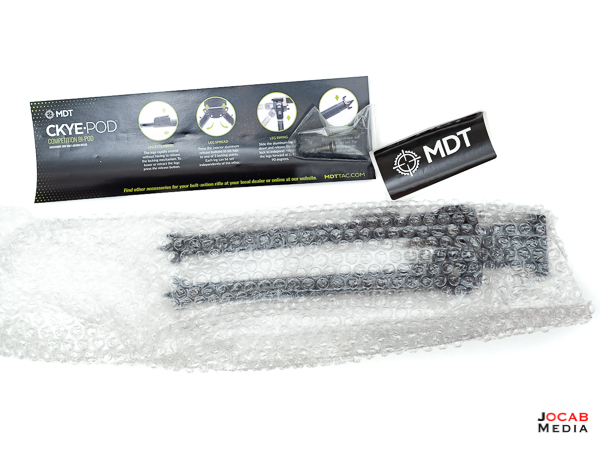
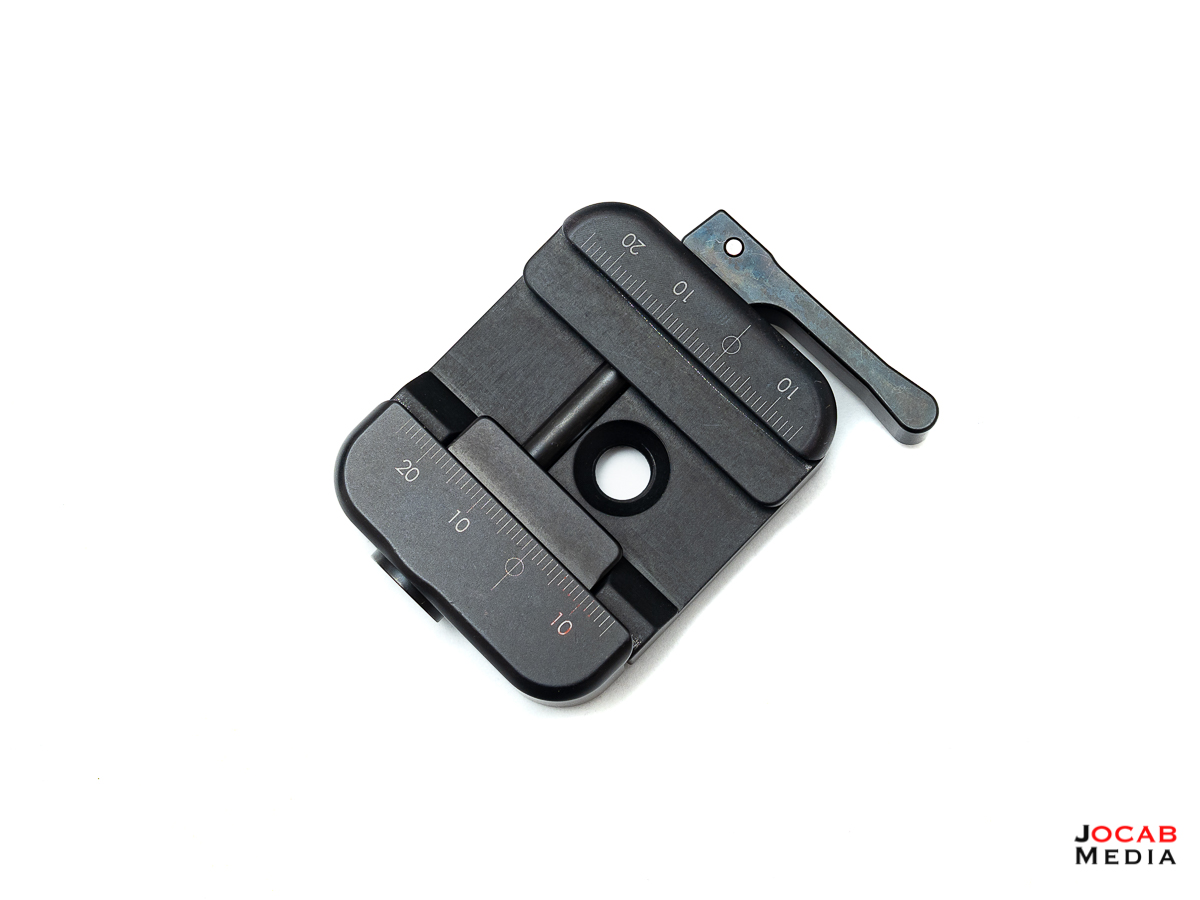
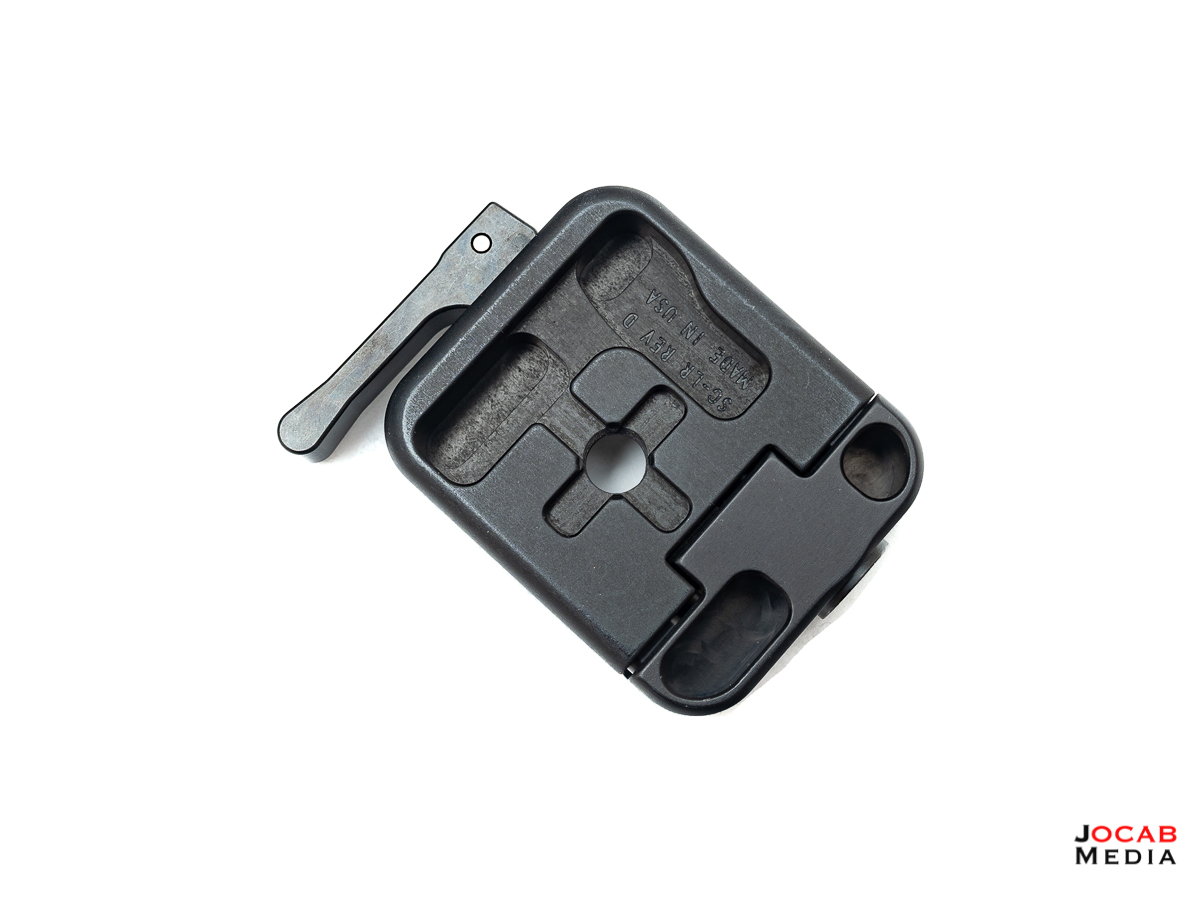
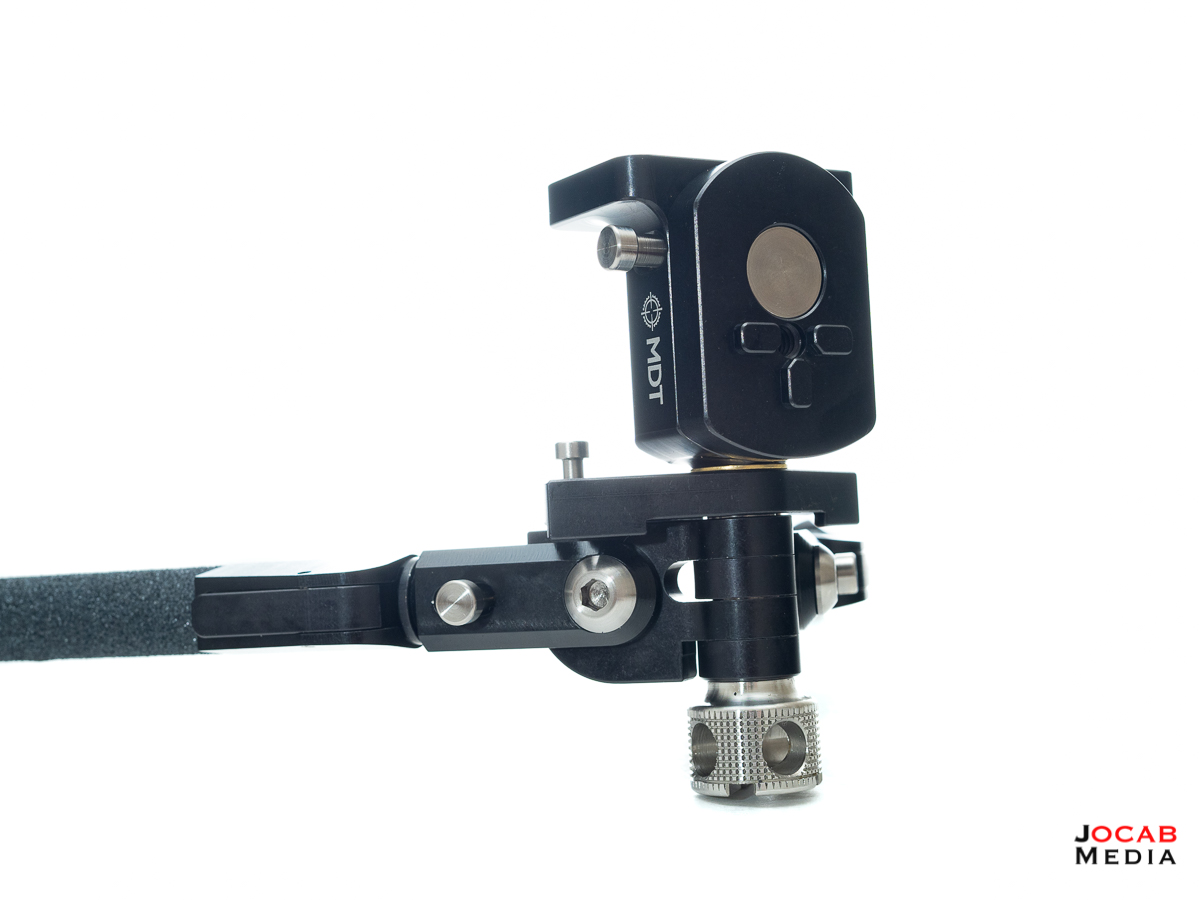
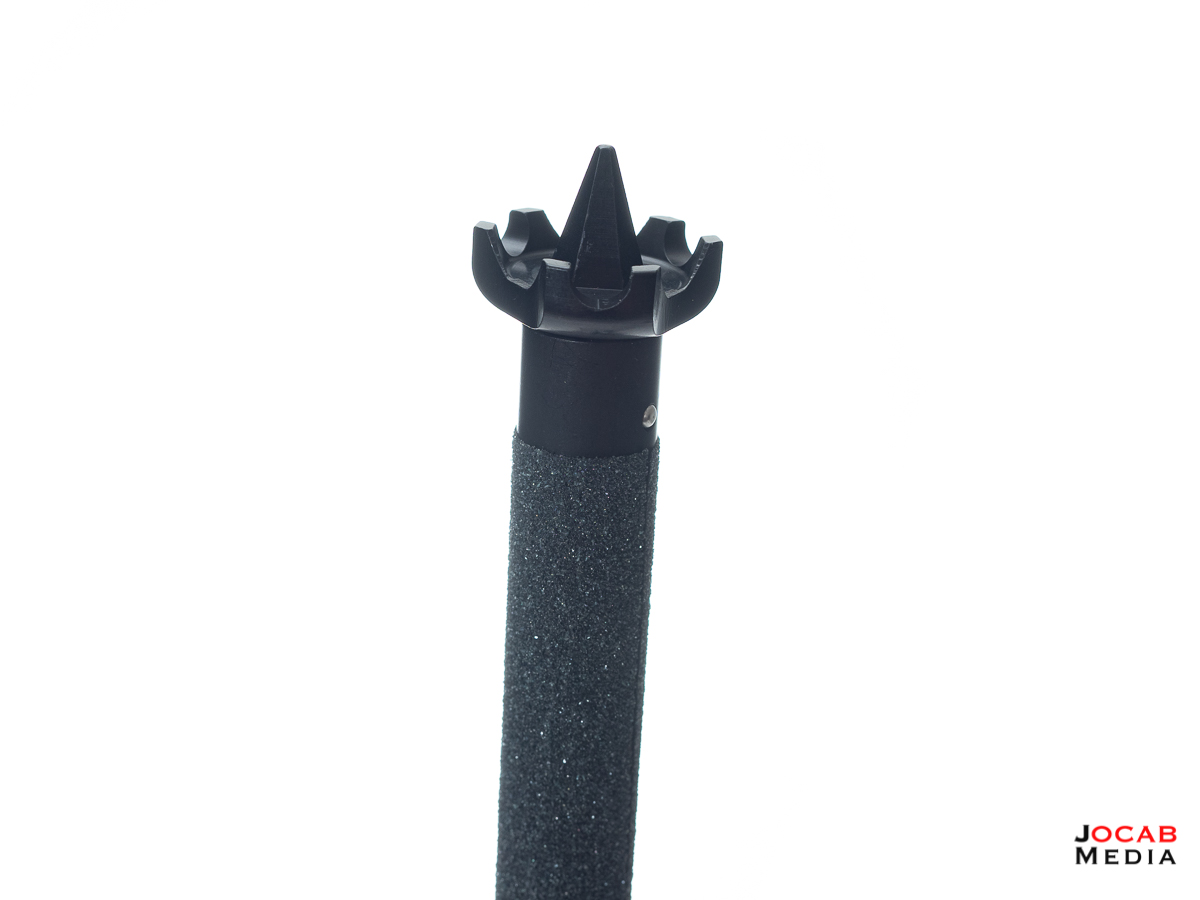
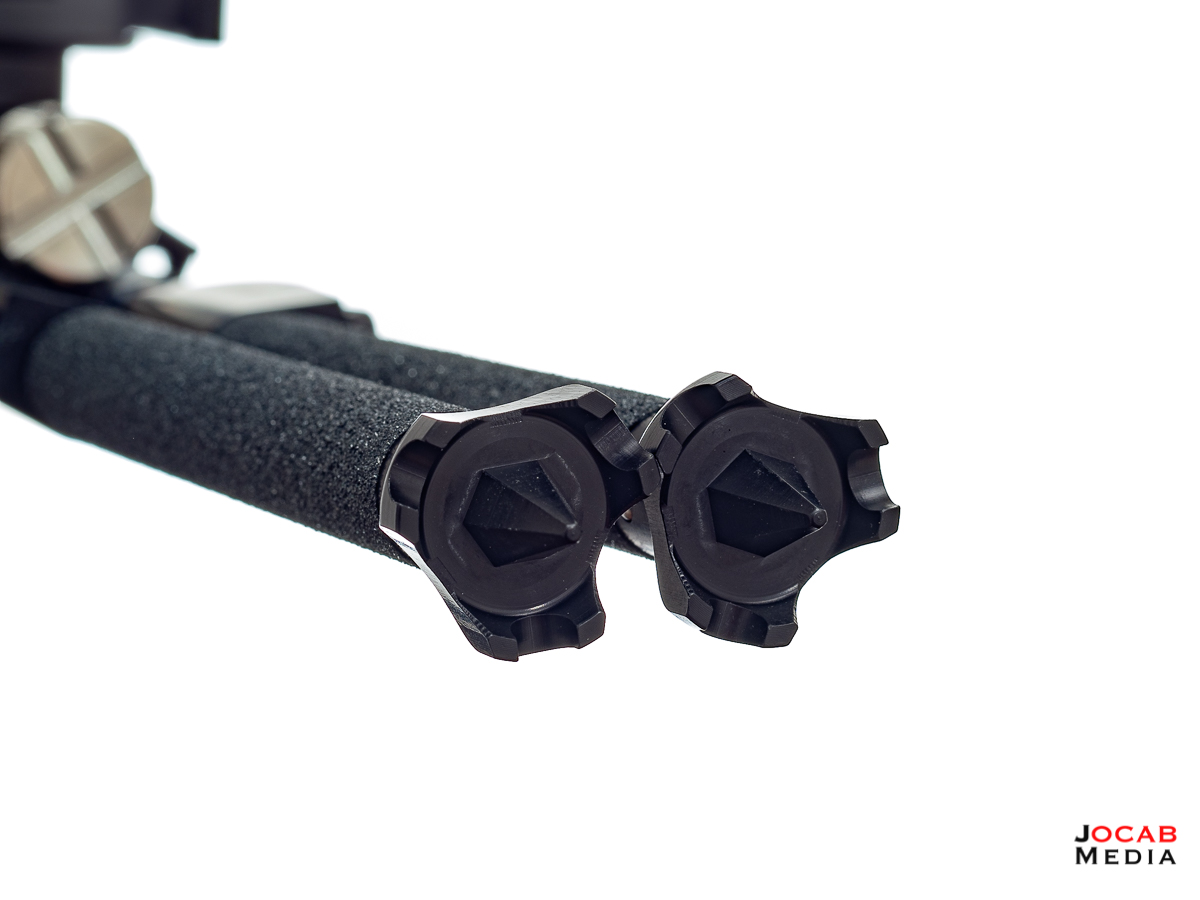
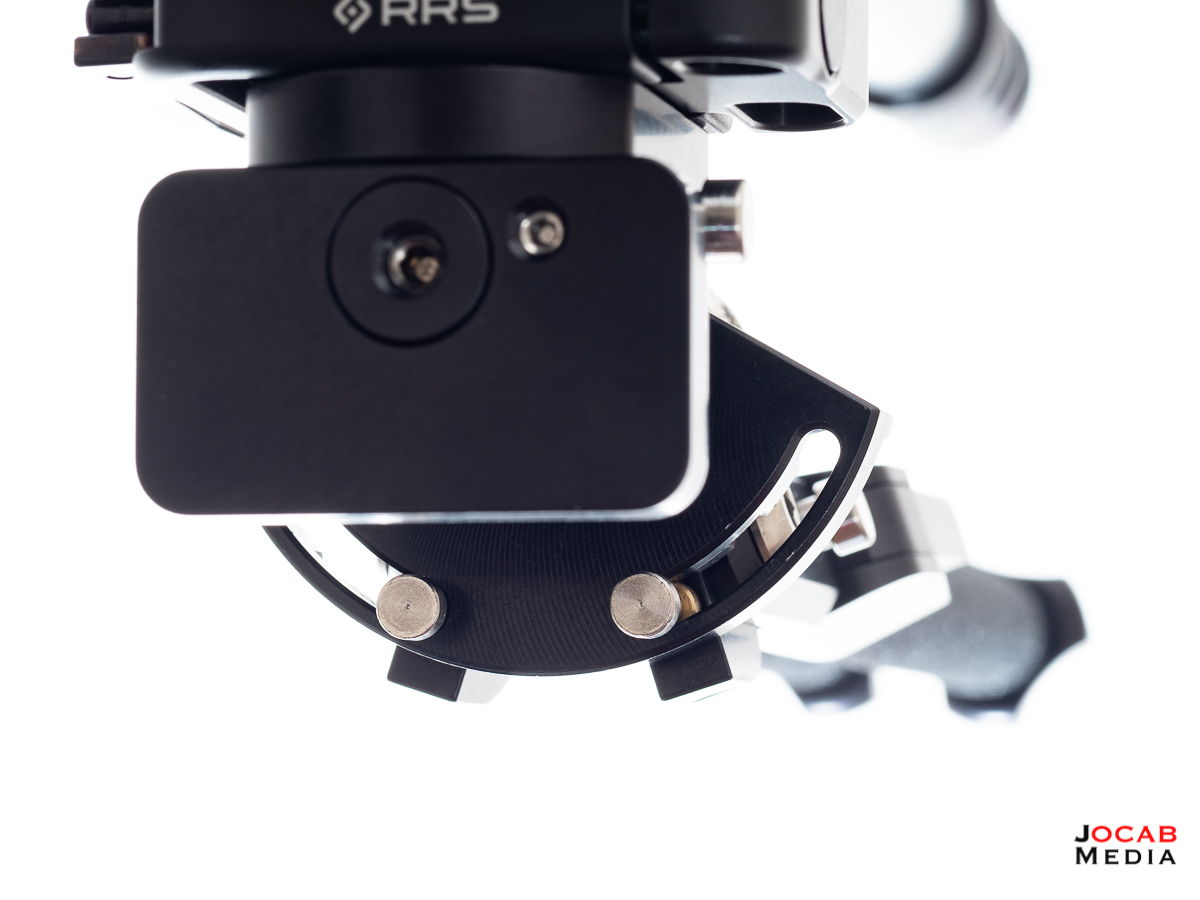
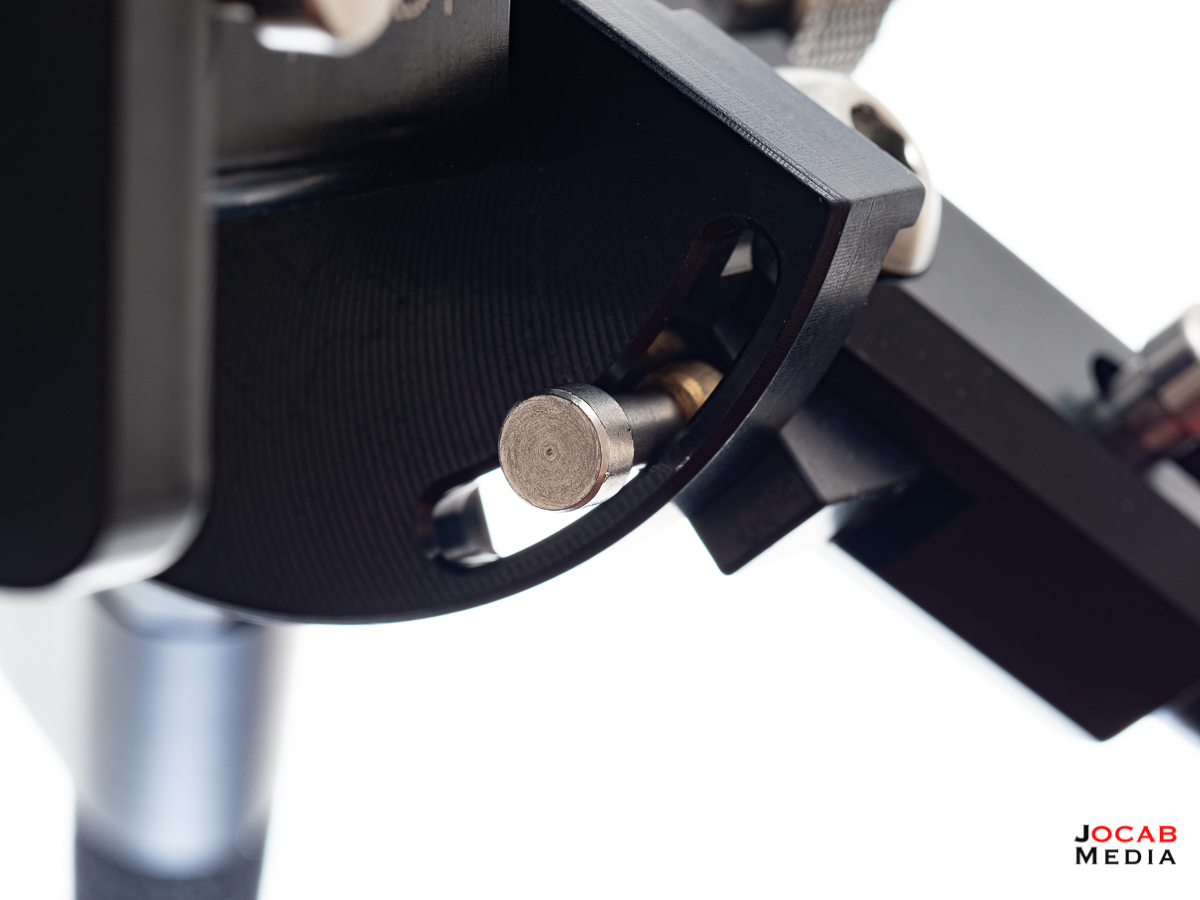
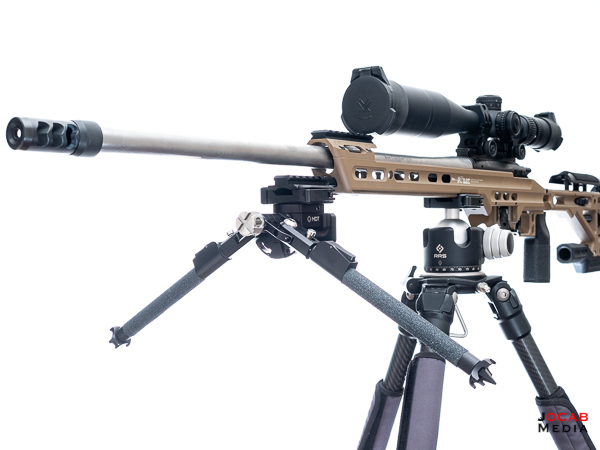
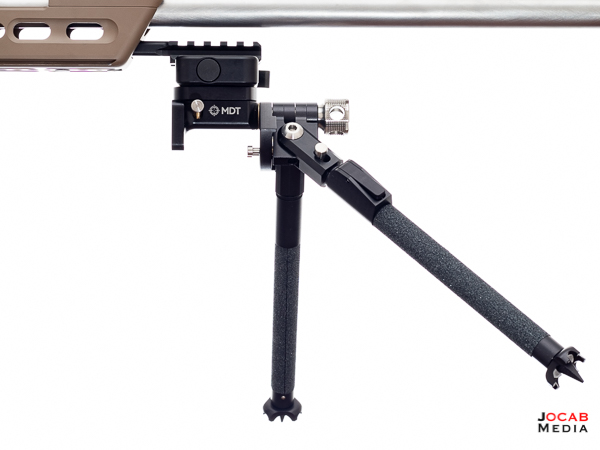
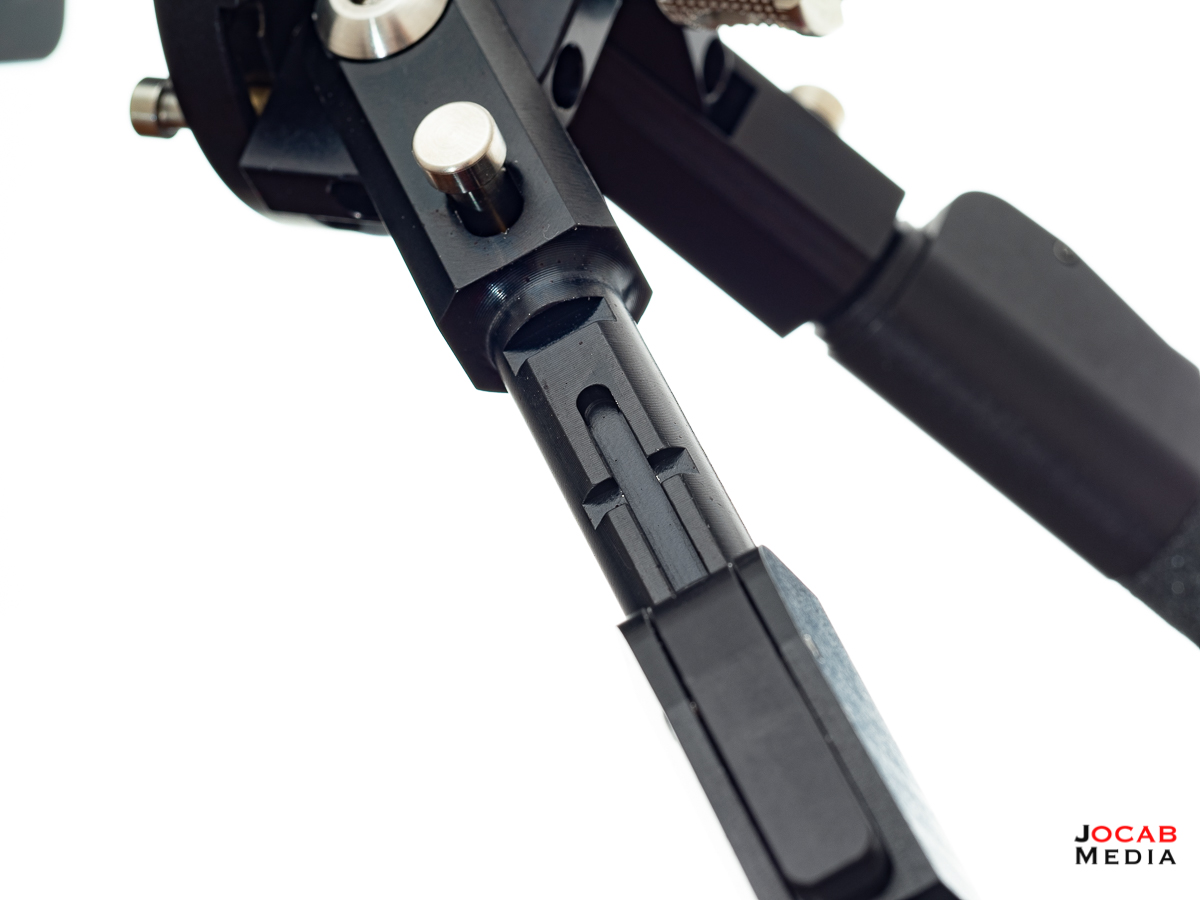
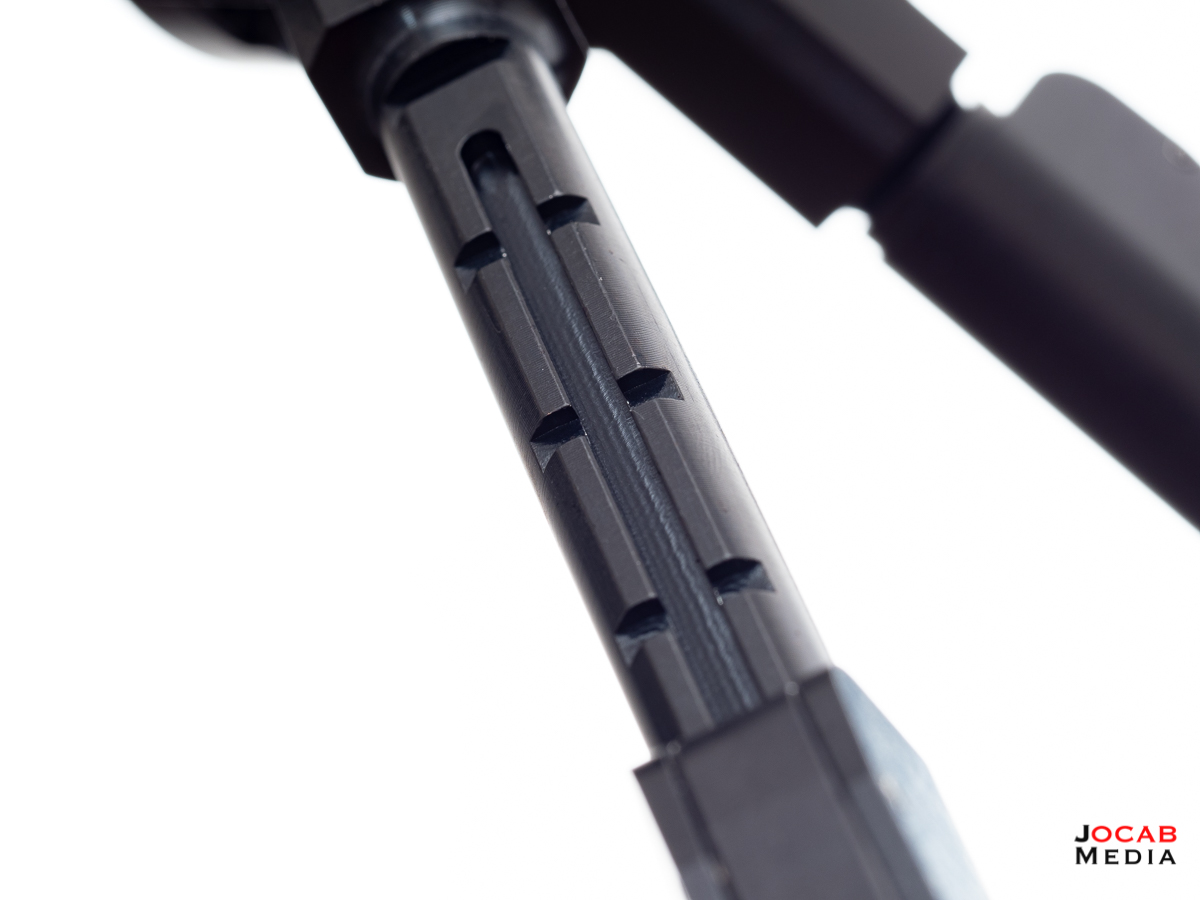
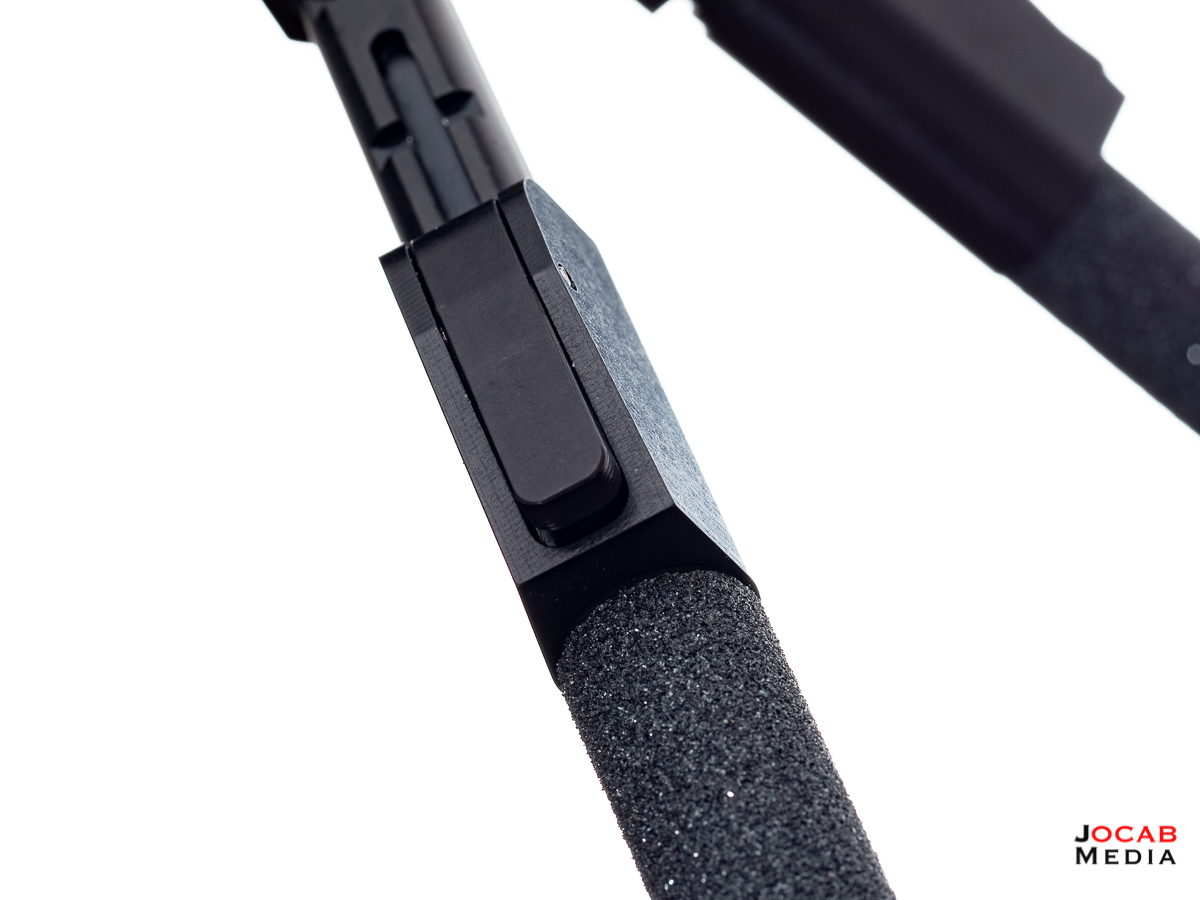
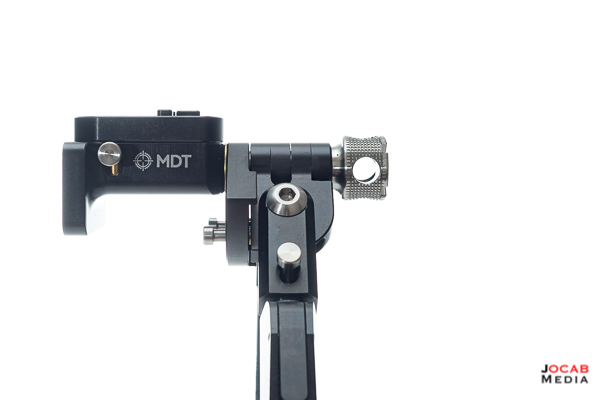
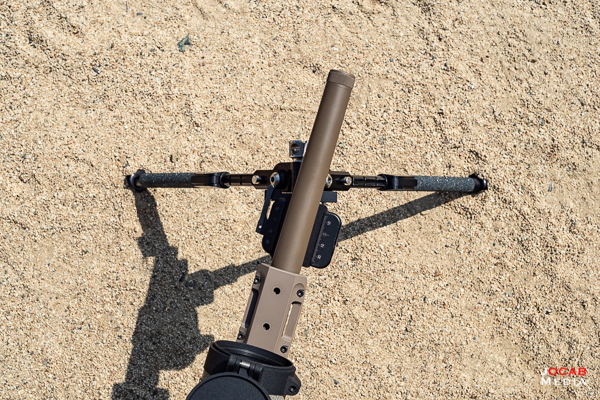
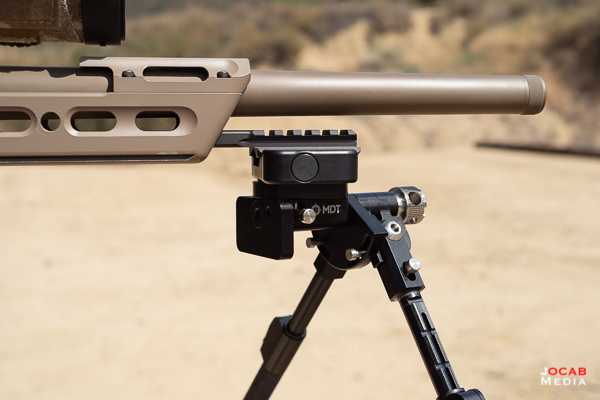
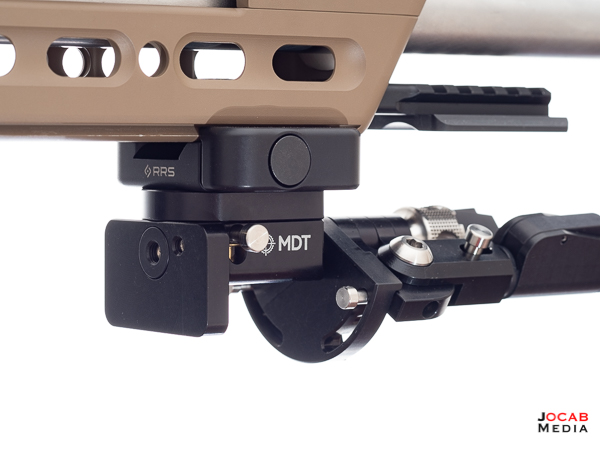
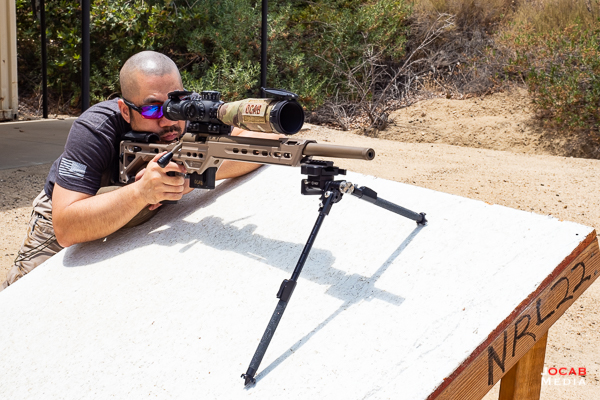
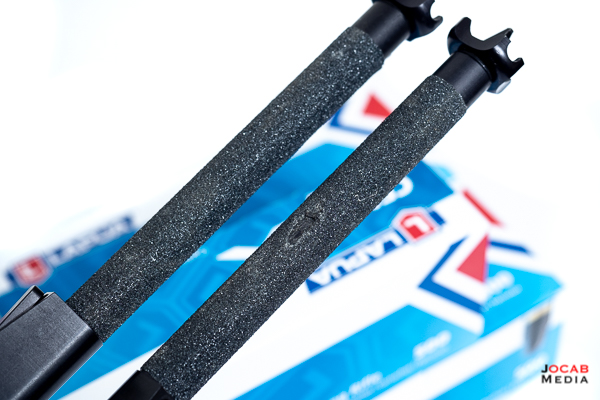
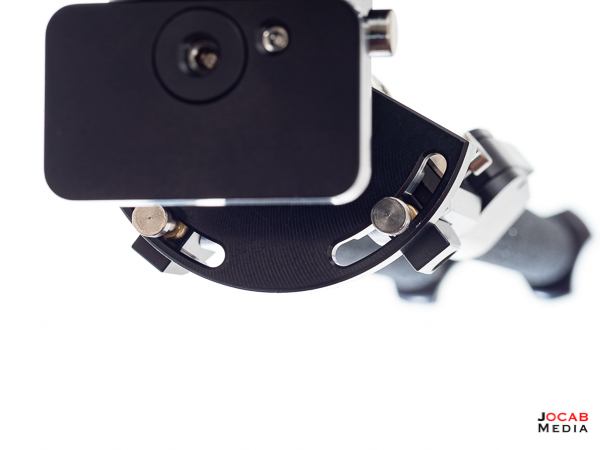
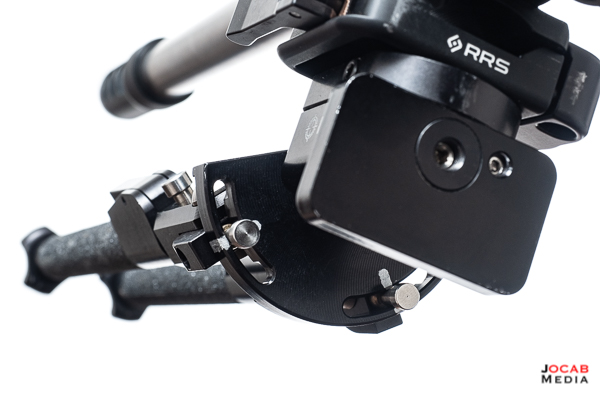
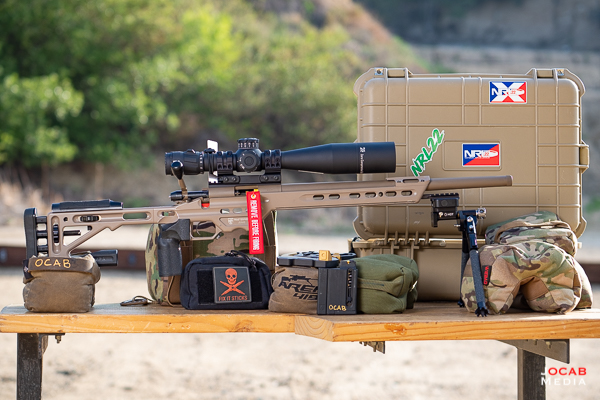
Comment on this post